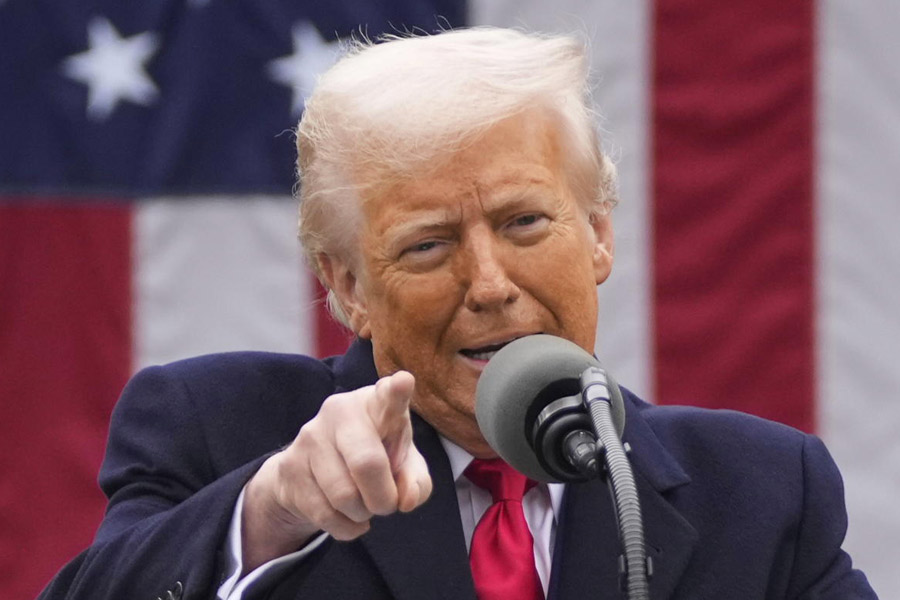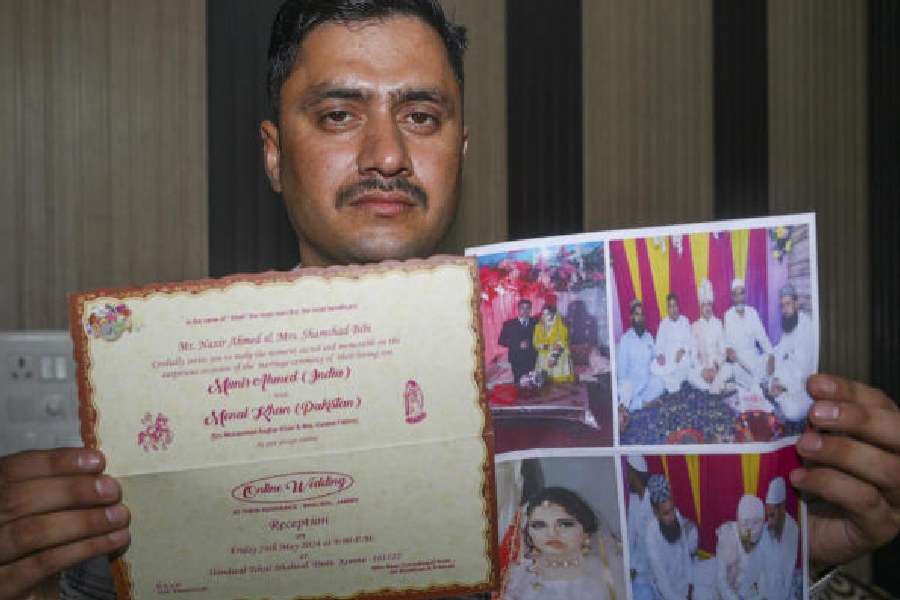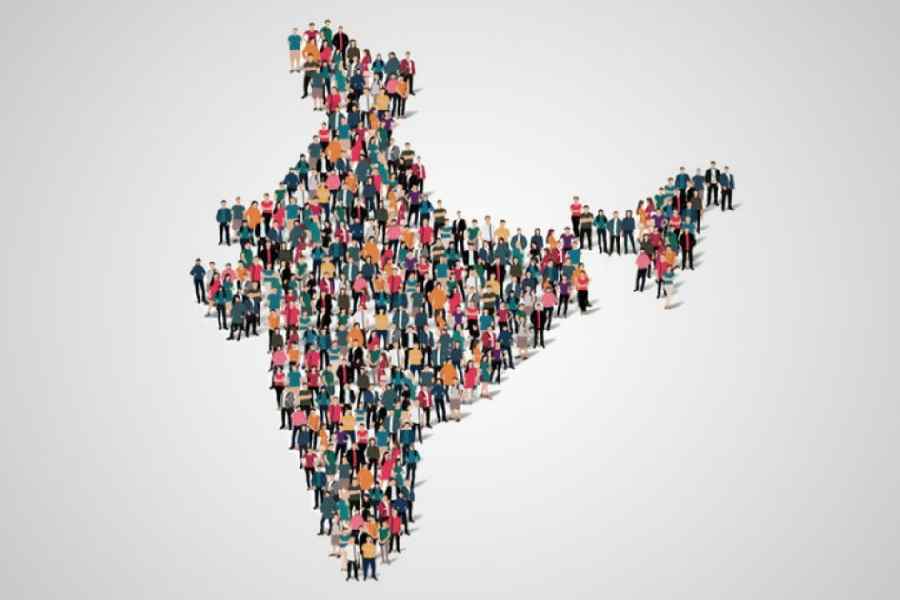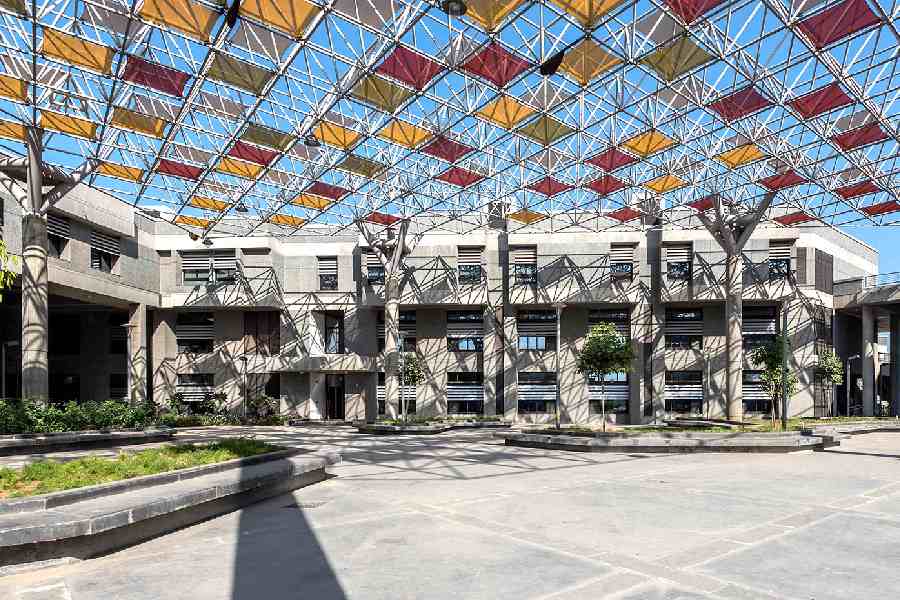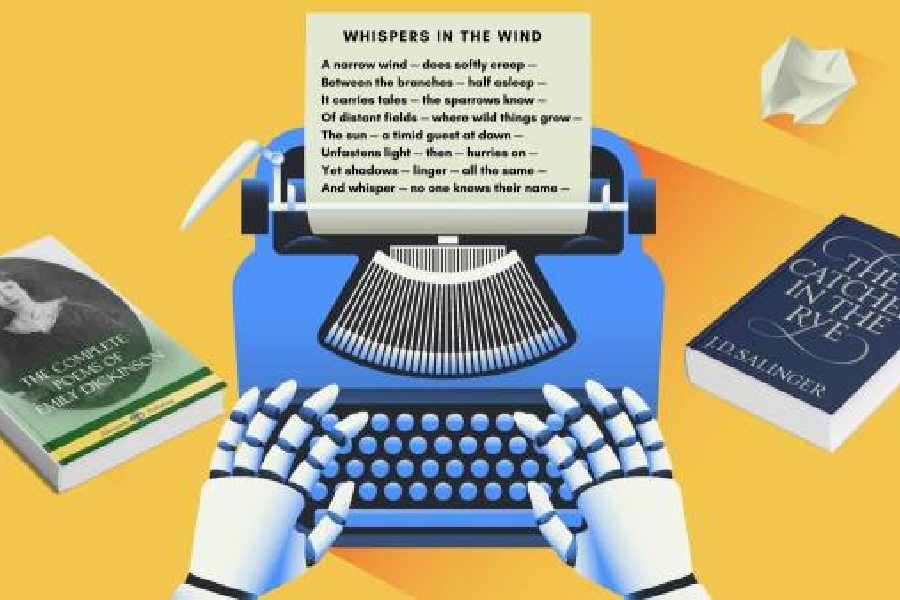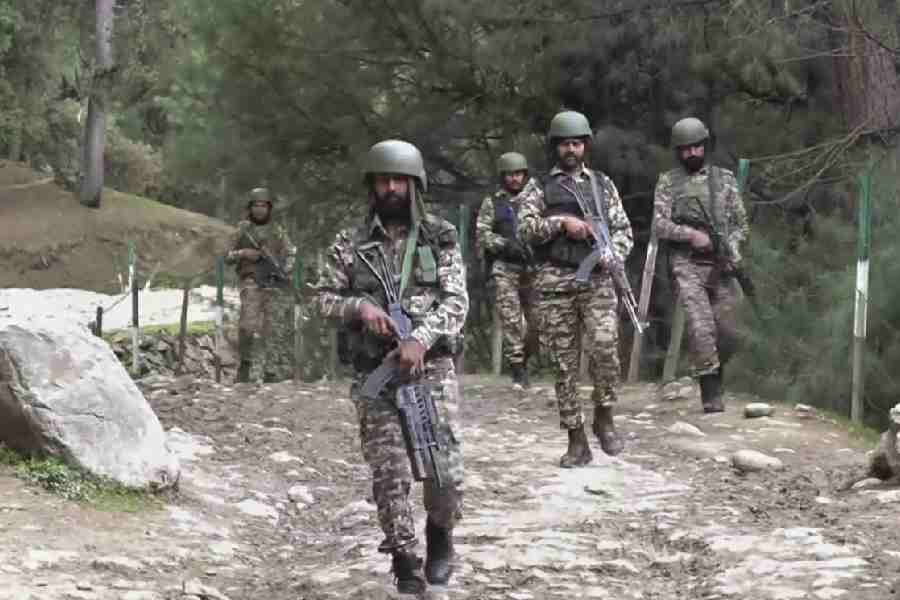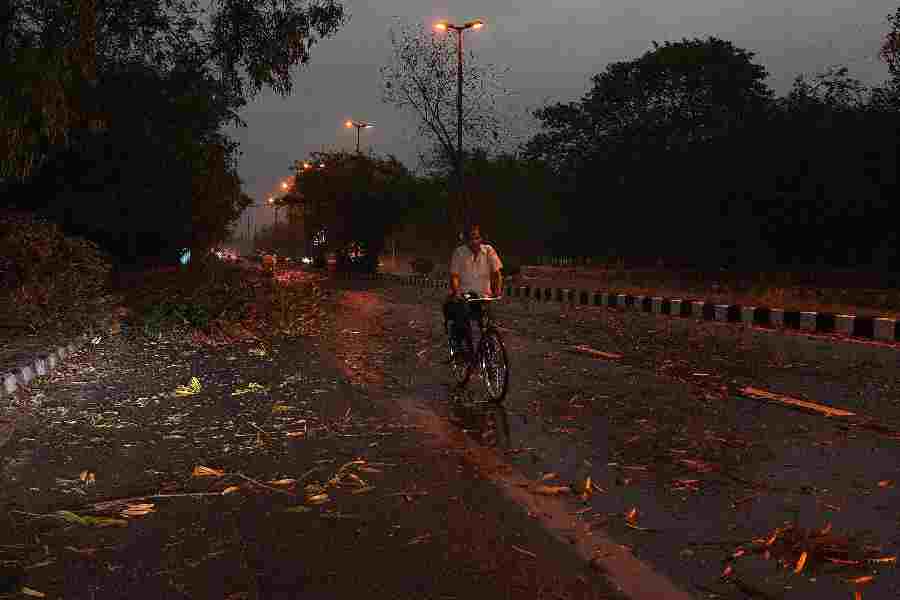 |
| The Delhi Airport Metro Express runs on elevated tracks. Telegraph picture |
New Delhi, Feb. 23: Land in Delhi and “take off” again — this time in the Metro.
A 90-minute drive to the capital’s airport from the city centre became a 16-minute breeze with the Metro connecting the two points today, but without the much-awaited baggage check-in facility that has been promised in two weeks.
Delhi has now joined cities like London, Hong Kong, Seoul and Kuala Lumpur to have a high-speed link connecting their city centres with their airports.
Trains on the 20km corridor from New Delhi station to Indira Gandhi International Airport’s (IGI) Terminal 3 will run every 20 minutes for 16 hours everyday, from 6am to 10pm, at a dizzy 105km per hour. The speed may be raised to 120km if the Research, Designs and Standard Organisation, a railway ministry unit, flashes the green signal. It takes between 60 and 90 minutes now to cover the distance whether by cabs and buses.
Terminal 3 is part of the international airport, from where fliers can reach the domestic wing in 10-15 minutes in shuttles run by the airport. A customer-care helpline — 011-30802080 — also started working from 2pm today.
A one-way ticket from the airport to New Delhi station is priced at Rs 80, a fifth of a taxi ride that costs around Rs 400 now. The one-way cost can be reduced to Rs 20 if one buys a 60-trip pass that comes for only Rs 1,200.
An initial plan to price the ticket at Rs 150 was dropped as it was felt that such a high rate will dissuade potential commuters.
“It is so fast,” said an awestruck 73-year-old S.C. Marwah as he stepped off the escalator at the airport station. A lady who emerged behind Marwah felt she was flying. “It feels like an aircraft. Foreign jaisa hai sab (everything seems like foreign country),” she said, adding the swift ride does prepare commuters for takeoff.
Amitabh Sharma had reason to “smile” on way to work for the first time in 15 years. The manager with Air India SATS, a ground handling firm attached to the state-owned carrier, used to spend almost two hours driving to the airport from his Chandni Chowk home. “No more traffic jams. This is the best thing to happen,” he grinned.
The check-in facility — allowing fliers to hand over baggage that will be loaded directly onto their planes — has not started as Reliance Infra is still in talks with the airlines. It is expected to start next month, when the line’s formal inauguration is planned, at three stations: New Delhi, Shivaji Stadium and Dhaula Kuan.
The facility is expected to start with Air India. Display boards showing flight information will come up at all stations on the route.
Four stations -– New Delhi, Shivaji Stadium, IGI Airport and Dwarka Sec-21 (the terminal point after the airport) — became operational today, but two other stations — Dhaula Kuan and Delhi Aero City —will open later. The project has already missed three deadlines, the last one being December 31, set by the government.
The route is the country’s first metro service to be run by a private firm. It has been developed at a cost of Rs 5,700 crore by Delhi Airport Metro Express Private Ltd. The company is a joint venture between Anil Ambani’s Reliance Infrastructure and Spain’s CAF Spain, which has provided the technical knowhow and supplied the sleek coaches. CAF has supplied trains to the Heathrow and Hong Kong Metro Express Lines.
The project has been built under the build-operate-transfer (BOT) model under which the Delhi Airport Metro Express will run the services for 30 years after which it will hand it over to the Delhi Metro Railway Corporation (DMRC). DMRC, which runs services in the rest of the city, is owned by the Centre and the Delhi government.
The Central Industrial Security Force (CISF) will man the stations after Reliance agreed to hand over the job to the central force.


